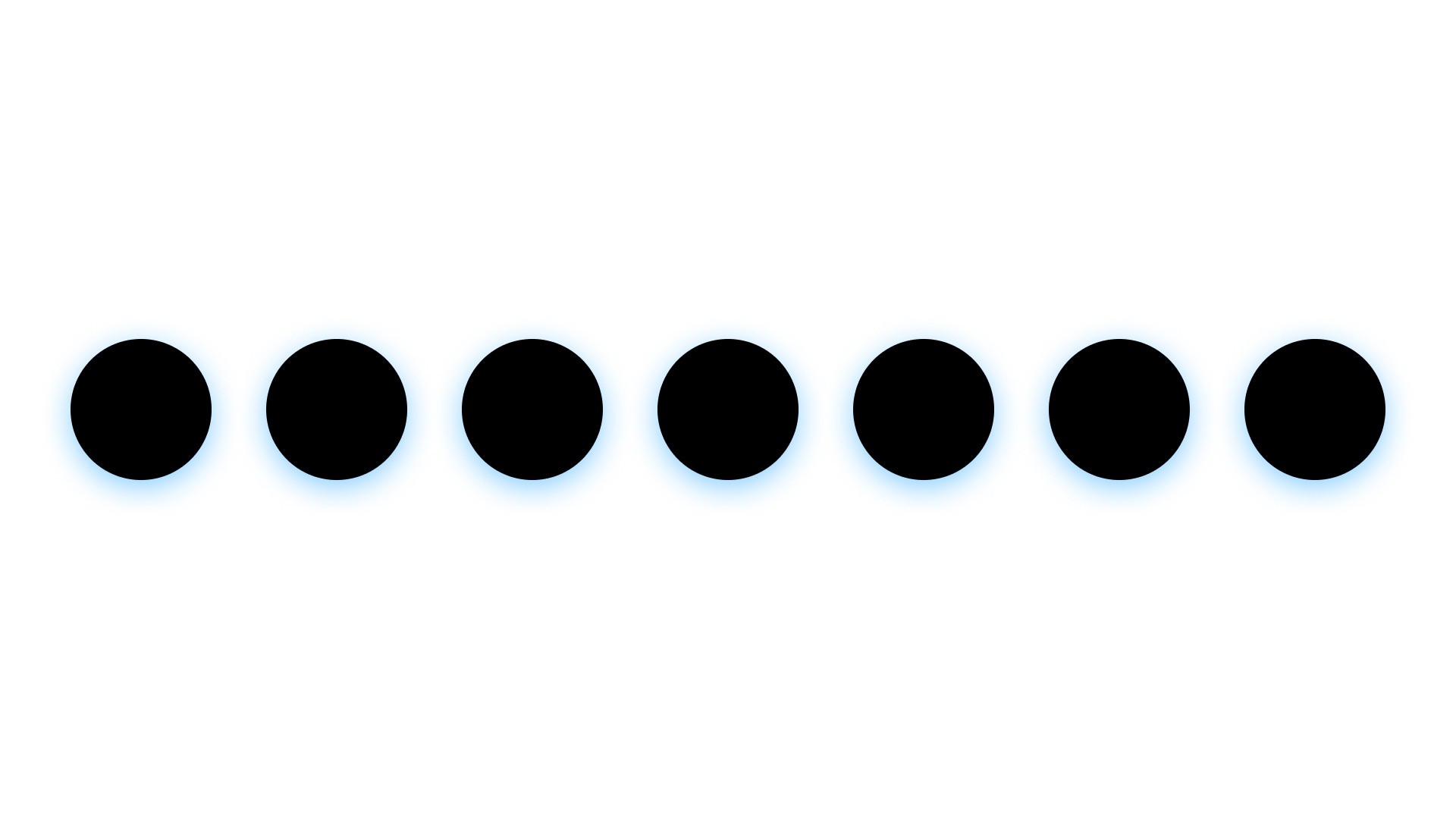Posted on 25 Sept 2023
While working as a User Experience Consultant in the public sector, I learned much from fellow consultants and clients from a breadth of roles. It’s in my nature to reflect often in pursuit of improvement, and here are a few of my key takeaways from my time across multiple projects.
Team alignment is imperative.
Although this may seem obvious, ensuring all team members are on the same page saves time, effort and ultimately money. It is also necessary to ensure teams and the individuals who form them stay aligned which can become more difficult with changing conditions, assumptions to manage and stakeholders to report to. Agile ceremonies can help with this and ambiguity should be aired as it arises - there’s no such thing as a stupid question when there could be a very tangible outcome that creates a risk to delivery and impacts end-user experience. In addition to this, having an inclusive team that contains a range of skills and experiences can mean there are different levels of familiarity with sprints and agile ceremonies, so it is useful to ensure everybody is on the same footing with regards to ways of working.
To accurately define the problem, we must gather context.
In order to solve a problem we have to thoroughly understand it. More often than not, context runs deep and can be challenging to uncover - especially when wrapped up in well-established processes and policies that are embedded and might not be immediately apparent. Journey maps can be incredibly useful tools. Producing “as is” process flows and visual artifacts to validate with informed stakeholders who can add reason, and help identify where constraints exist and originate from.
User Research can open eyes and provide energy.
In some arenas, User Research can be misunderstood as a nice to do, but without it there is a huge risk that the problem is misunderstood, a solution isn’t fit for purpose, there is a lack of confidence and nobody benefits. As pessimistic as the previous statement was to type, good user research that surfaces insights contributes to design that fosters confidence, determines which assumptions are true from those which are not, and connects teams and stakeholders alike to users. UR can be a powerful way to inject some energy into the work and affirm why it is worth doing. Uncovering issues, pain points and areas of opportunity are positive outcomes that allow us to do better.
Accessibility is fundamental
Once more I am stating the obvious, but when it comes to accessibility it can be all too easy to think about the end product or service, rather than who the users are and how we may cater to their accessibility needs. With this in mind, when was the last time you added alt text to an image on an internal document? Considered the font size or colour used on a slide deck? If the language used was easy to understand? Many teams go to great lengths to ensure products and services are accessible to end-users but if one member of the team does not have the same access to information as everybody else, then the impact can be both profound and personal.
Show and tells can facilitate discussion
The show in show and tell can set the tone for the entire session. The best show and tells I’ve been to have seen participants engage in conversation and discussion. A trap can be to treat a show and tell like a download of information that you just need to get through. Showing work-in-progress can be a useful way to find people who can add perspective, thought and unstick work that is blocked. It is also an opportunity to share progress with stakeholders who are further spread across the organisation and gauge the reception to what has been done so far, and the plan for what’s next.
All decisions should be based in evidence.
In the past I’ve been caught out when quizzed around the motive for making a change to a screen without there being a clear indication it was needed. Good design doesn’t just happen and this again links to the importance of research. Iterating a design without basing decisions in reason can lead to a lack of clarity for other designers and cause confusion. Productive critique sessions can challenge designers to justify reasoning and ensure they are driven by logic.
Use simple language whenever possible.
In a world full of acronyms and abbreviations, using simple language can save time. Talking directly instead of in the abstract can be helpful for all. This is a small point that can have a big impact and Content Designers are likely to have this down to an art form.
Thanks for reading.
Until next time,
Steven
